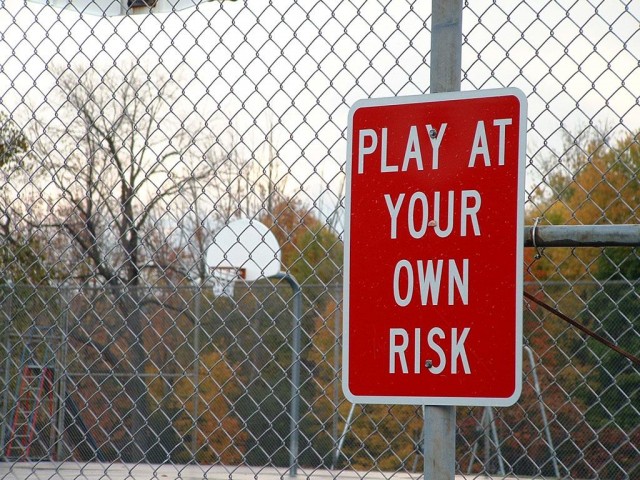Sound risk management is a critical component for any business’ long-term strategy development. However, what are the critical factors that should be integrated into a comprehensive risk management strategy? In this post, we will discuss external factors put forward in a recent risk management survey published by Aon Risk Solutions.
Every two years, Aon asks risk leaders across industries to identify the main risks their companies are facing in their operations. More than 1,400 practitioners responded to the 2013 survey. The 2013 survey ranked the top 50 risks companies face, focusing on the top 10 risks in 2013 and how they may change in 2016, displayed in the table below. Overall, the survey found that most respondents found their organizations less risk-ready than in the previous survey in 2011, which might in part be attributed to the prolonged economic recession, which has strained many organizations resources.
| Risk Description | Risk rank – 2013 | Risk rank -projected 2016 |
| Economic slowdown/slow recovery | 1 | 1 |
| Regulatory/legislative changes | 2 | 2 |
| Increasing competition | 3 | 3 |
| Damage to reputation/brand | 4 | 8 |
| Failure to attract or retain top talent | 5 | 5 |
| Failure to innovate/meet customer needs | 6 | 4 |
| Business interruption | 7 | 11 |
| Commodity price risk | 8 | 7 |
| Cash flow/liquidity risk | 9 | 10 |
| Political risk/uncertainties | 10 | 6 |
Source: Aon Risk Solutions – Global Risk Management Survey 2013
We have three main observations about this ranking:
- It is certainly interesting to see that damage to reputation/brand is perceived to be diminishing in risk, according to the survey. From our perspective, this seems to be an optimistic scenario. With social media – both a valuable marketing and communication tool as well as potent potential reputation killer –– being only ranked as risk factor number 40, it certainly appears as if companies seem to underestimate reputational and social media risks.
- Political risks and uncertainties are ranked 10th and are expected to be more relevant going forward. Weather/natural disasters, while not far off the radar at the current ranking of number 16, are also projected to jump into the top 10 risk list at number nine. Both rankings make sense. Somehow though, the connection is not made between environmental risk, climate change and severe and erratic emerging weather patterns. Environmental risk is ranked only 28th and climate change 38th. This seems to be an underestimation of these factors – especially moving forward – and in particular in the light of recent weather events in the United States. These numbers also imply that companies that take the development of sustainable strategies serious should be able to gain an edge over companies that do not.
- What’s more, and we will be focusing on this issue in a subsequent blog post, these are all external risks. One might argue that the most relevant risks a company faces are internal, of the organizational nature, ranging from inadequate board oversight to lack of monitoring capabilities to insufficient risk strategies. It can be argued that it is quite essential to get these issues right before one sets out to worry about global external risks.

